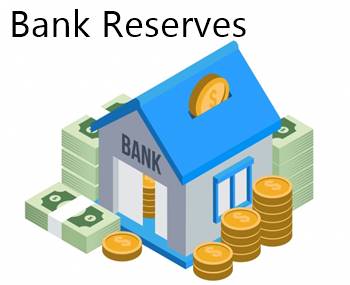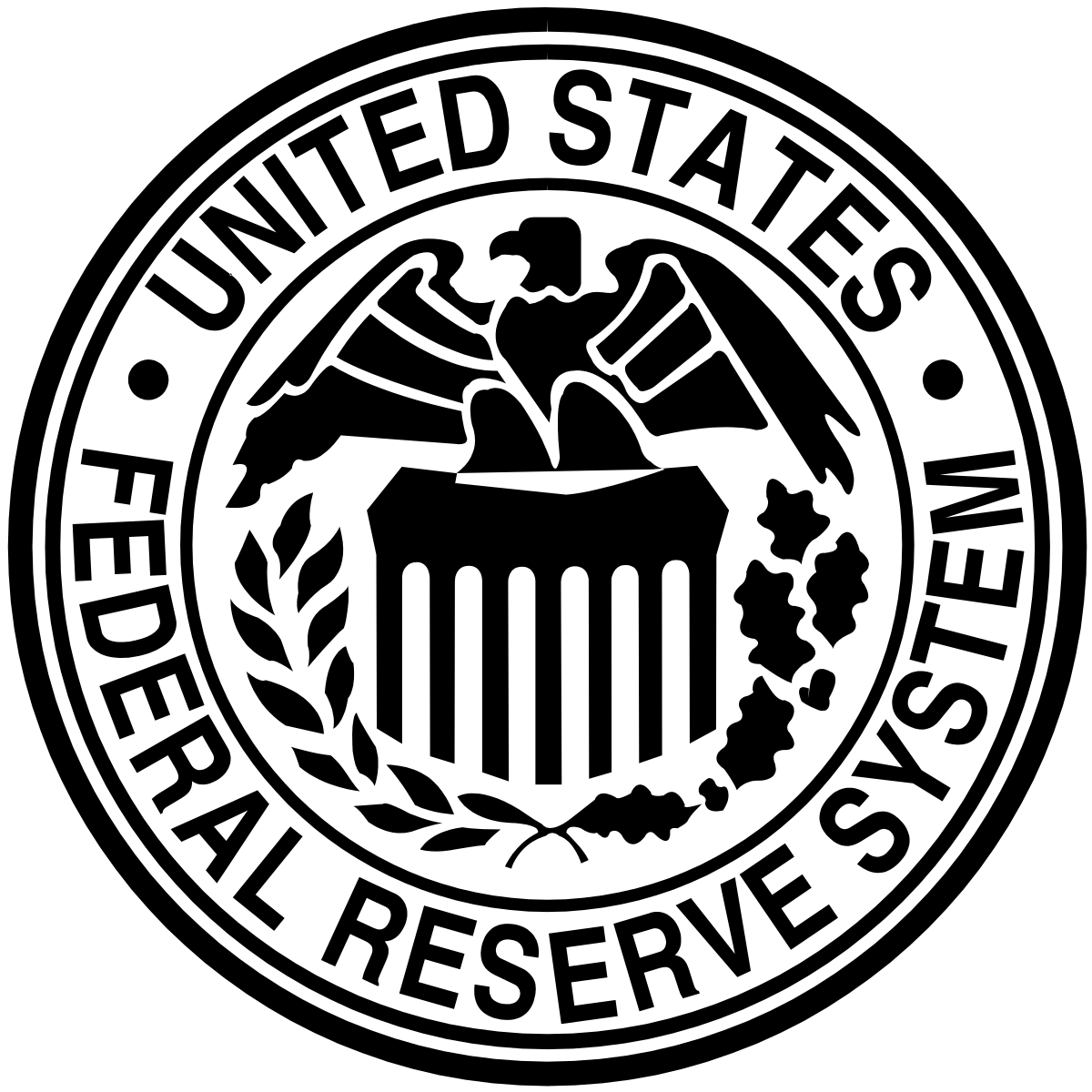
Table of Contents
What is a Valuation Reserve?
Valuation reserves are those assets that Insurance companies keep aside to decrease the risk of declines in the investment value that they hold. These reserves operate as a hedge to an investment Portfolio and make sure that an insurance company stays solvent.

Since policies like health insurance, Life Insurance and different annuities might stay in effect for a longer period, valuation reserves safeguard the company from losses from such investments that may not perform as anticipated.
This helps to make sure that policyholders get their claims and annuity holders get Income even if the company’s assets lose their value.
Explaining Valuation Reserve
In simple words, insurance companies get premiums for services that they provide. In return, whenever somebody files a claim, it has to be paid out. Therefore, the company must make sure that it carries enough money on hand for catering to this request.
The similar scenario is applied to annuities that an insurance company releases. It must make sure that it is capable of meeting regular annuity payments. For such reasons, it is vital for an insurance company to keep a track on its investments and reserves so as to stay solvent.
And, to make this happen, valuation reserves help. With valuation reserves, it can be made sure that a company is holding an adequate amount of assets to cover any sudden risk that may arise from underwritten contracts.
Regulators stay concentrated on using the risk-based Capital requirements to evaluate the levels of solvency, which is a view of the assets of a company and its obligations. Life insurance companies operate with an Obligation to pay those beneficiaries who have purchased annuities and insurance.
Talk to our investment specialist
Such companies have to hold a satisfactory asset level in reserve to ensure that they are capable of meeting obligations for years to come, majorly, till the time policy and annuity are in effect. Several standards and rules need that this level should be computed on the Basis of actuarial.
This methodology accounts for anticipated claims among policyholders. Moreover, it also predicts the future premiums that a company may receive and how much interest it can expect to earn in the future.
However, an altering interest rate may create risks that can affect reserves required for consistent annuity payments more than the benefits of life insurance that are paid in a lump sum. Thus, by suggesting varying regulations to keep the asset valuation reserves separated from interest maintenance reserves, the need to safeguard against changes in the equity and cred-related Capital Gains value is realized.
All efforts have been made to ensure the information provided here is accurate. However, no guarantees are made regarding correctness of data. Please verify with scheme information document before making any investment.












